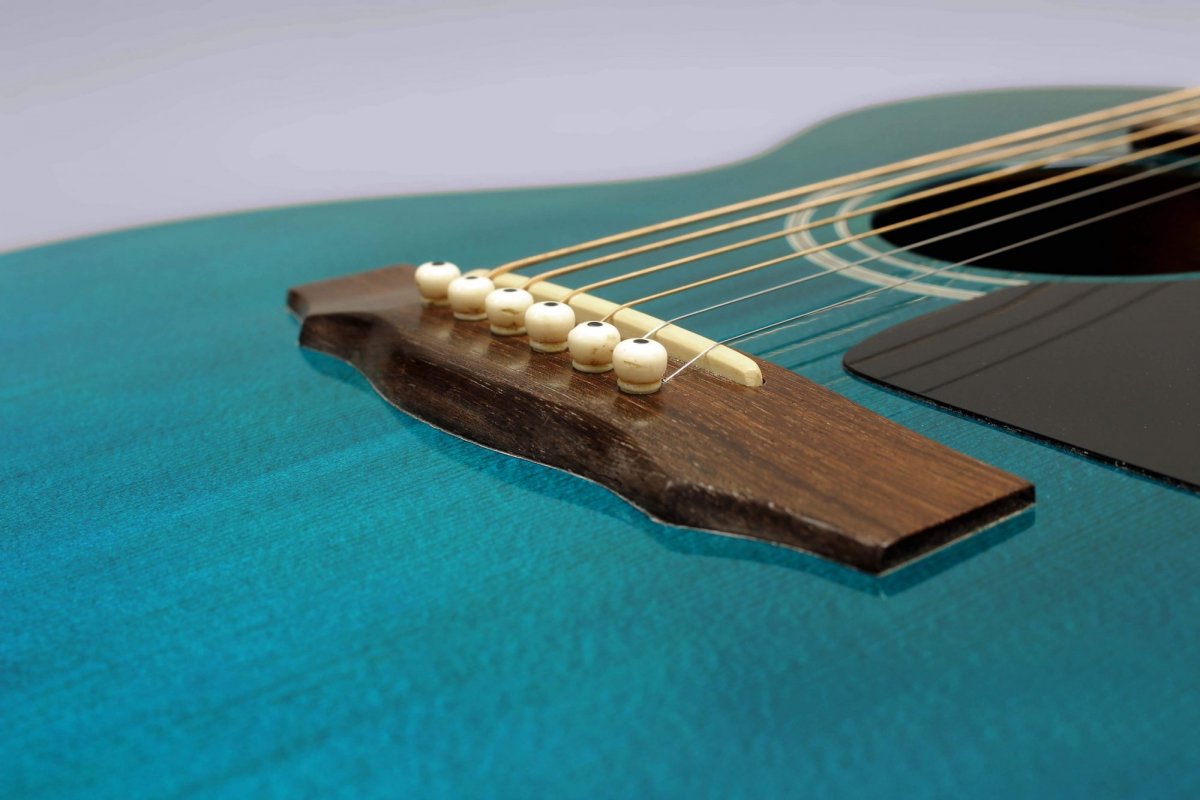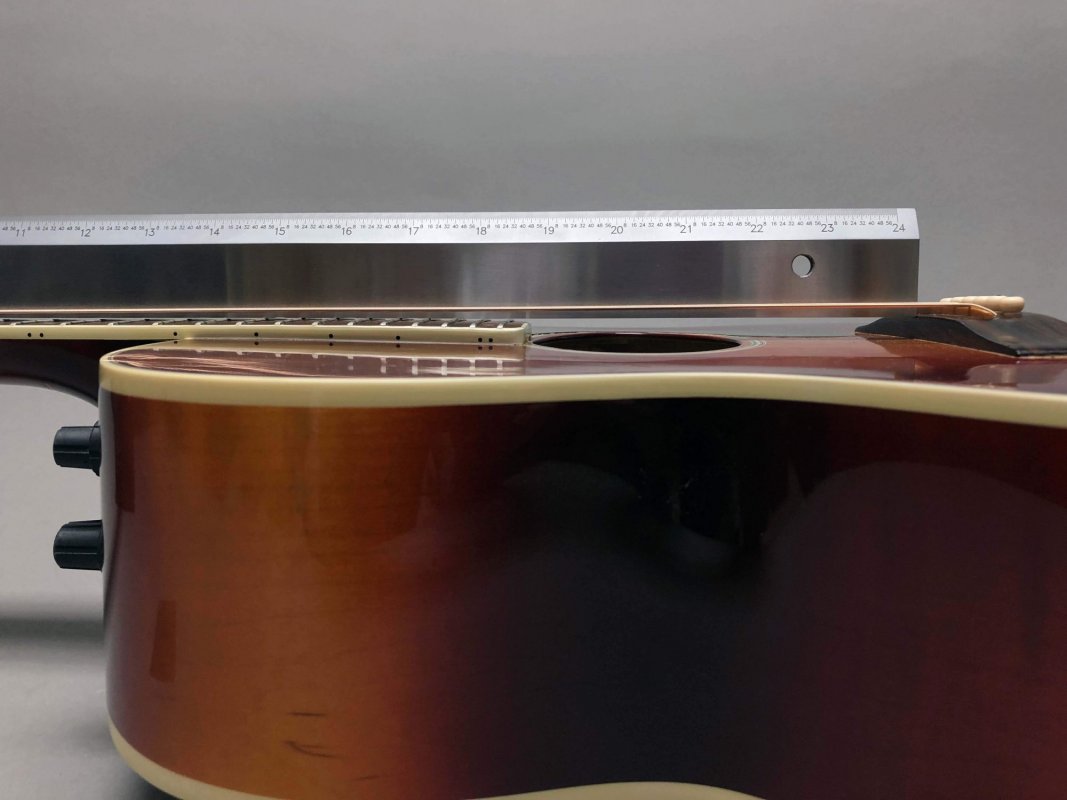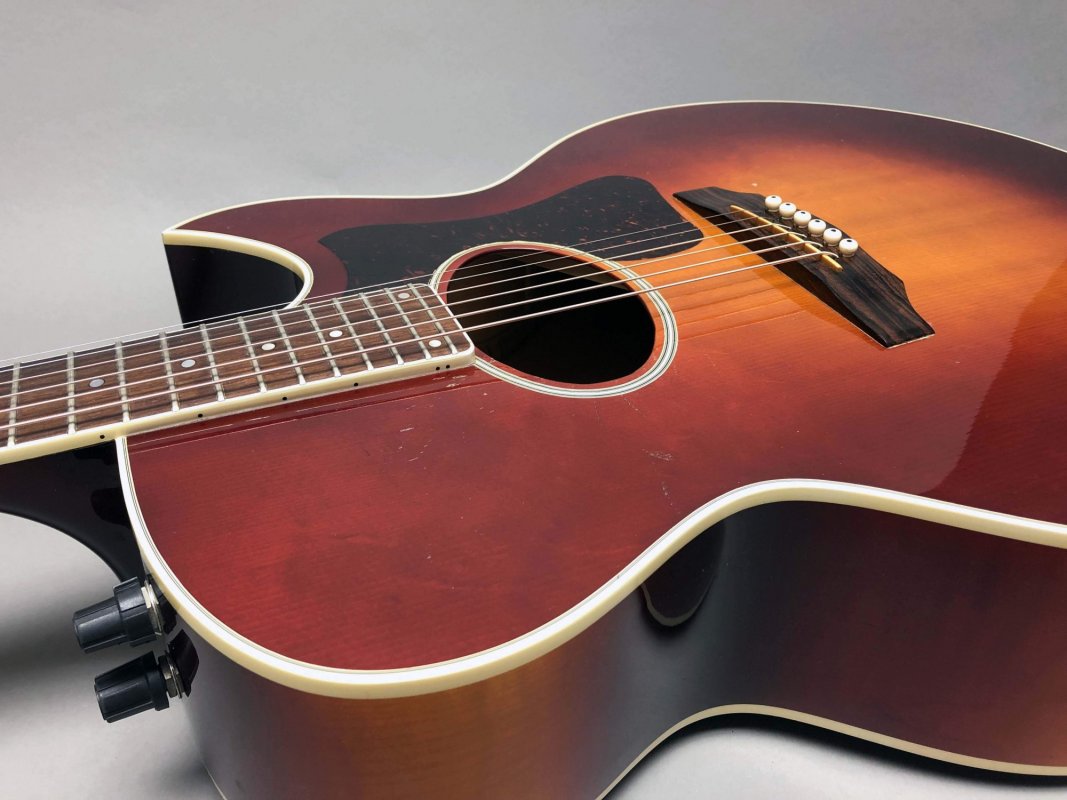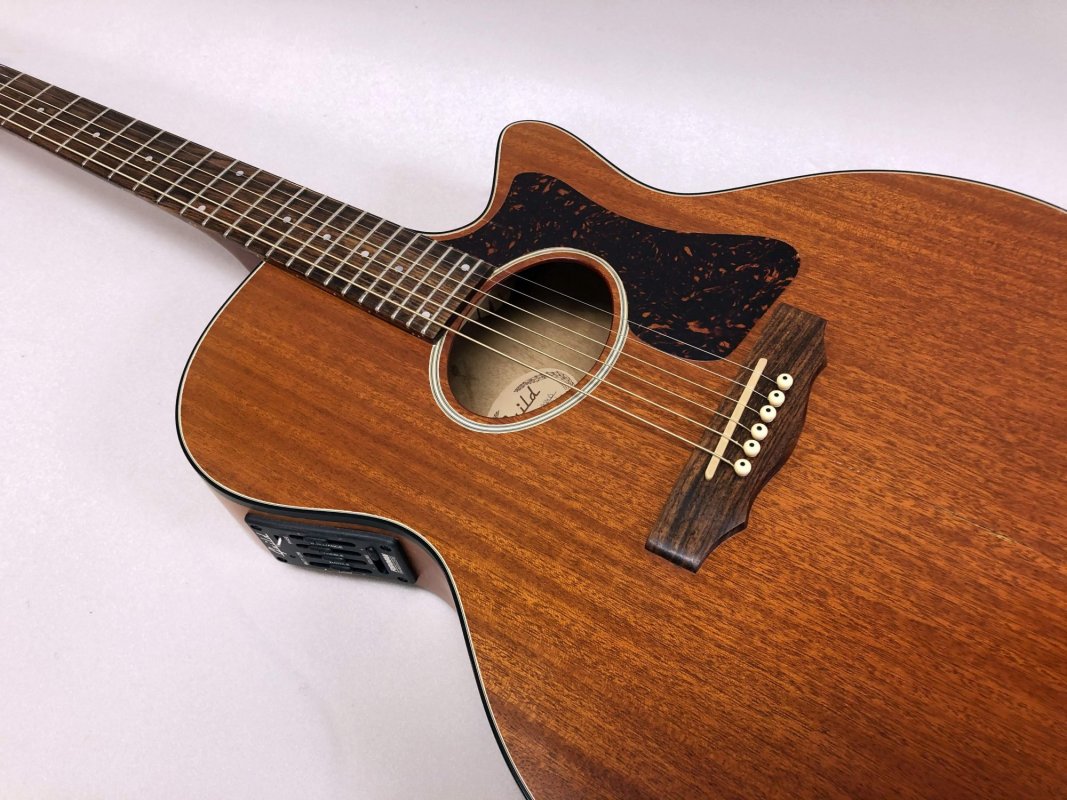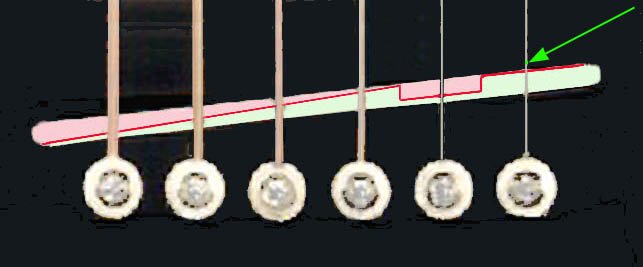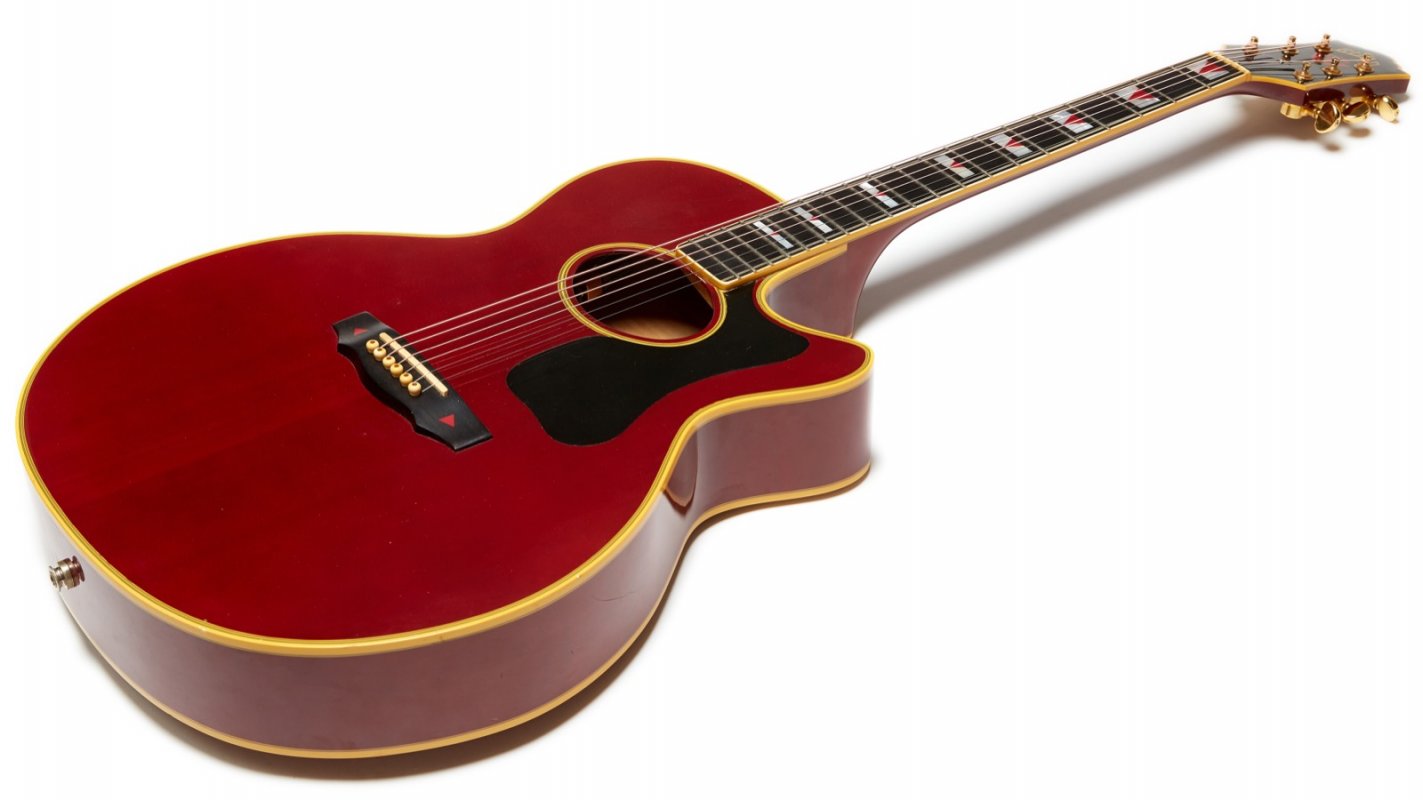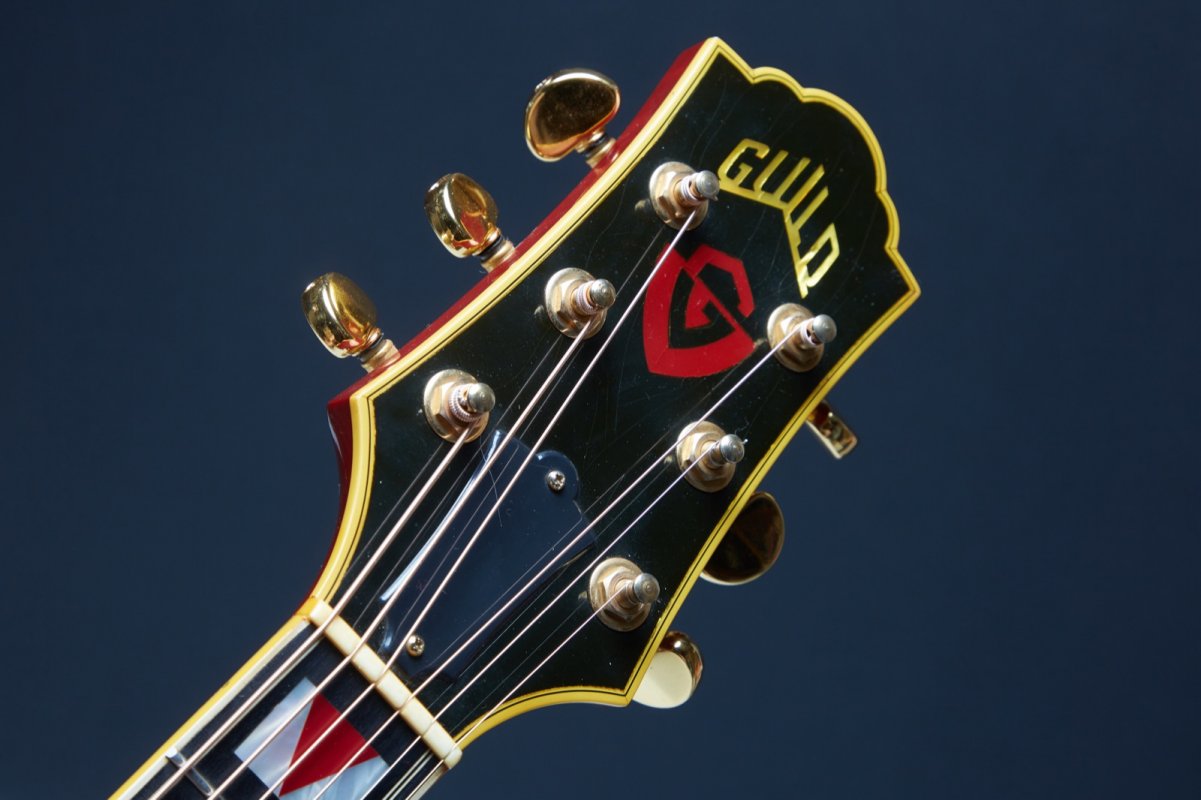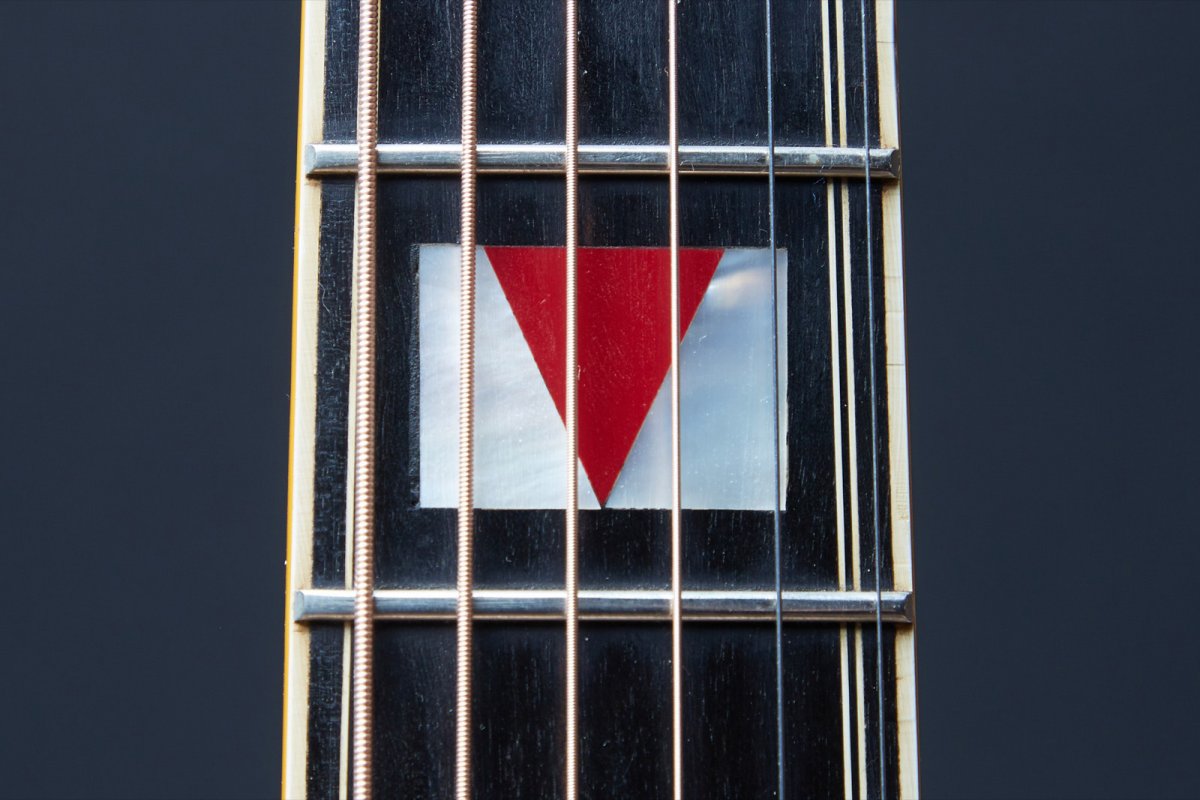I recall someone here once noting that the need for neck resets seems to occur sooner on guitars with cutaways than without. Is there any concensus on that?
Ooh... Interesting question. I wonder if there's any validity to that...
@Christopher Cozad any comment?
Consensus? That would be a pleasant thing to behold.
Short version: My experience suggests that to be the case, but there are many, many others out there sharing their experiences that do not agree.
Lengthy version: Most players have no real need to gain more than a casual understanding of the factors that contribute to the need for a neck reset. Nor should they, ideally. But traditional acoustic guitar construction has never (not yet, anyway) actually eliminated the problem, so many guitar owners end up learning more about neck resets than they probably ever wanted to. It is a hit and miss issue; some guitars need it and others seem to not need it. And there are little (read: no) metrics that are tracking that, so it is assumed, but unproven, that there are many guitars out there that need a neck reset but their respective owners don't know, don't care, etc. They never make it onto anyone's bench, so they don't get counted.
The upper bout of the traditionally-built (X-braced, center soundhole) wooden acoustic guitar has been demonstrated to work really well for low tension strings. The potential for things to go wrong with this design rises as the string tension increases. The addition of the transverse brace and the fingerboard/fretboard patch (common in most modern steel string guitars) were afterthoughts applied to help with (solve? reduce?) the potential for the neck to plough forward into the body cavity. Unfortunately, these so-called solutions have proven to not be solutions at all (necks still shift forward).
I have only encountered one Guild 12 string in umpteen Guild guitars I have owned, repaired or overhauled over the years that did not have at least one soundboard split along the fretboard, where the soundboard sheared forward, protruding into the soundhole. And that doesn't account for all the other brands that suffer from the same problem. So much for the bracing solution.
I am fairly convinced that, if owned long enough, most any wooden factory-built guitar will eventually need a neck reset regardless of brand, regardless of neck joint style. For example have a Taylor I purchased brand new a few years back that desperately required a neck reset after only one (1) year. By contrast, I have a 40 plus year-old T. Haruo 12 string that is only just at that place where I know a neck reset will be necessary.
Then some smarty-pants came along and, wanting to make it easier to play screaming shredder leads on an acoustic, whacked out a whole section of the upper bout, and called it a Cut-a-way! No changes were ever made to the neck block, kerfing, sides, or soundboard to accommodate the loss of yet more critical structure. It is relatively straightforward to identify the loss of structure with the increased incidence of neck block shifts (the common cause of soundboard shears and the need for neck resets). If you disassemble these instruments, you can readily see the issues (with perhaps a little nudge from someone in the know).
If you haven't already seen it, here is a link to an article still in progress, documenting a Guild 12 string I am currently rebuilding. This is not a cutaway model, but I spend some time addressing what I have discovered to be an improvement toward eliminating neck block shifts and any further need for a neck reset. It might further help to explain things or add some insight:
1999 Guild JF65-12 Overhaul

